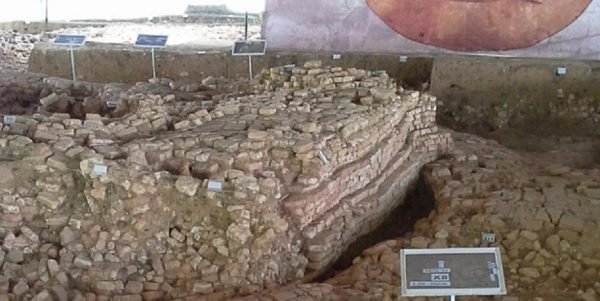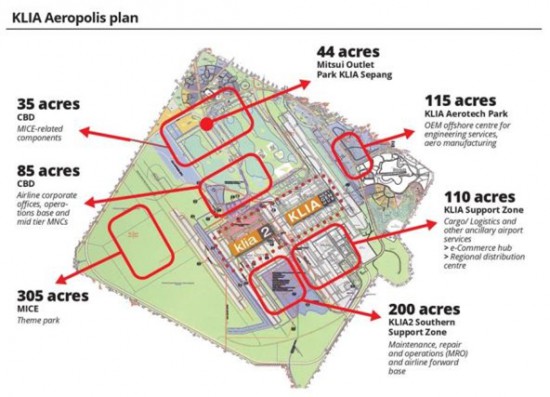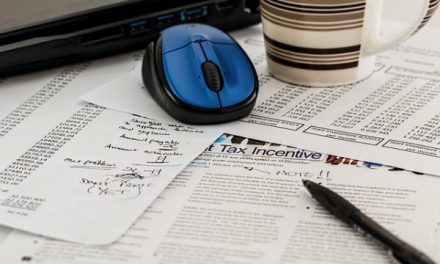KLIA Aeropolis expected to contribute to GDP
The KLIA Aeropolis is expected to attract a gross domestic product (GDP) contribution of some RM30bil over a 15-year period and create 56,000 jobs. It will complement services offered in other regional airports. Transport Minister Datuk Seri Liow Tiong Lai aid with the KLIA Aeropolis project, Malaysia is focused on increasing its cargo and logistic traffic. KLIA Aeropolis would serve as the core of Malaysia Airport’s air cargo and logistics ecosystem that extends to Penang and Sabah and Sarawak. The KLIA Aeropolis development is centred around the key clusters of air cargo and logistics; aerospace and aviation parks; meetings, incentives, conferences and events (MICE), and leisure. The project, on a total land area of 100 sq km, is one of the strategic pillars in Malaysia Airport’s five-year business plan, Runway to Success 2020. (The Star Online)
Sungai Batu archeological site declared oldest civilisation in SEA
The Sungai Batu Archeological Complex created history this week when it was declared the earliest and oldest civilisation in Southeast Asia. Five archeological experts, representing five world civilisations, namely Mesopotamia, Indus, Mesoamerica, China and Greek-Rome, signed the declaration plaque. It was presented by Oxford University archaeologist Prof Dr Stephen Oppenheimer to Universiti Sains Malaysia (USM) Global archaeological Research Centre director Prof Datuk Dr Mokhtar Saidin. (Bernama)

Ancient ruins of ships at the Sungai Batu Archaeological Site, which was declared Southeast Asia’s oldest and earliest civilisation. (Photo from The Rakyat Post)
Edra to build RM400mil solar plant in Kedah
Edra Power Holdings Sdn Bhd will be building a RM400 million solar power plant in Kedah, which is set to be the biggest investment seen in the state. The plant in Kuala Ketil will turn the once agricultural land into an industrial site and support the long-established industrial park in Kulim, said Edra President and Executive Director Datuk Mark Ling. “The solar power plant is also to meet the government mix-fuel policy, that there must be a mix of coal and gas and maybe hydro in line with efforts to cut down the carbon emission footprint,” he added. Ling described solar energy as the most feasible renewable energy programme in the country, which does not have the luxury of wind. The existence of the plant is also expected to give a big boost to the state’s own industrialisation pace as well as the Energy Commission’s green energy statement and Malaysia’s going green programme. (New Straits Times Online)
Ho Hup revises target profit downwards due to property market slowdown
Ho Hup Construction Company Bhd is revising downwards its target profit after tax (PAT) to between 15% and 20% for FY16, in view of the slowdown in the property market. It initially targeted an increase of 20% to 25% in PAT for the year. The company is not slowing down its property launches, but readjusting the timing of the launches and being cautious. Its CEO Datuk Derek KL Wong said 80% of the company’s profits is derived from its property division. This year, it is planning to launch service apartments, two floors of retail space and a hotel in Kota Kinabalu, worth a total GDV of RM780 million, by year-end. Wong also said the company is targeting the launch of another residential project in Bukit Jalil next year, with a GDV of RM400 million. (The Edge Markets)
PRG posts RM1.57mil profit in 1Q
PRG Holdings Bhd posted a net profit of RM1.57 million for 1QFY16, compared to a net loss in the same quarter last year, driven by profit recognition from Picasso Residence and progress billings on construction works in Ipoh. Revenue rose 15.7% from a year ago. PRG was formerly known as Furniweb Industrial Product Bhd. It diversified into construction in November last year to complement its existing business in property development, and enable the group to undertake complementary activities in property development, construction and project management services. (The Edge Markets)





